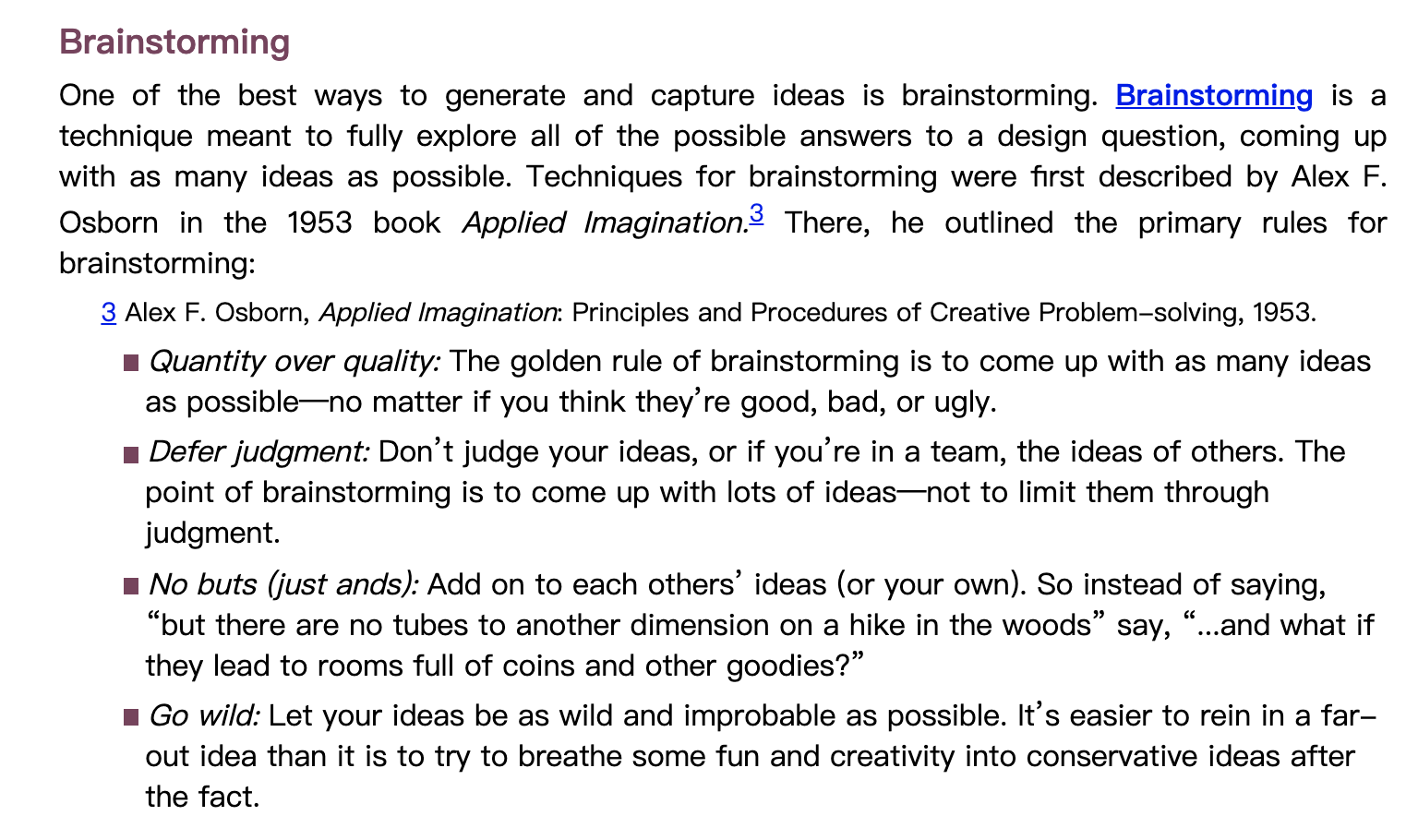Some brainstorming


The first discussion
Me and my teammate had some brainstorming about the details. Sorry the picture is in Chinese. But basiclly we discussed that we can do some riddle guess game. Here are four card prototype we made. The one on the surface is a story, the player needs to choose one, and the back is another sentence to give him some clues. This design refers to a game called The turtle soup. Turtle soup is a guessing game, usually played in a group. The host told the crowd that "a man walked into a restaurant, ordered a bowl of turtle soup and killed himself. Why?" Other players can then take turns asking the host questions that can only be answered with yes or no until the real answer is resolved.
Then we discussed another possibility that we can design a role play guessing game. Sorry the writing part is in Chinese again, but I will explain.
Here are some initial ideas:
1.There will be four roles KING QUEEN MISTRESS JUDGE
2.KING QUEEN MISTRESS are players, JUDGE is a NPC and knows everything
3.This is a physical game and the space will be in a room
4.Components: players/ cards/ QR code/ table / storyline
5.The goal is to reveal the hidden secret
6.Can be divided into judge team and player team, can be a team cooperation game
7.Qr codes can be based on text, graphics, music, and backstory
8.This is a riddle game
9.The front of the card only the player know, the QR code on the back that everyone can scan
10.Each has access to a secret about his opponent, but he doesn't know if it's true. In this game, the player can determine whether it is true or false, and if it is correct, the opponent is out, and if it is wrong, he is out
11.The informant can choose to prove his innocence or drag the other party into it.
12.Each person’s story cards can be put together to form a complete story
13.Players need to find valuable information in story cards
14.Consider adding props, such as different costumes for different characters.
15.Every player can know a weakness about themselves?
There are several kinds of cards:
introduction cards
Rule cards by judge
Your own secrets and other people's secrets
Story cards: players need to play one out in each round
function cards: choose any function card the player want/ one round free card / peep cards
Secret preliminary design
The king's secret: the king lied to his mistress that he wanted to divorce the queen
Mistress's secret: Mistress is a spy sent by the enemy.
Queen's secret: The Queen has an affair with someone else
Reading
Game, Design, Play - Chapter 6,7,8,9
design values
Our initial plan for this game is like aesthetic/social/traditional style. I want the player to have an immersive experience of the game, where they can immerse themselves in the story design of the game, in the tension of keeping themselves from losing out, and at the same time have fun. Jenova, the designer of The game "Travel," wanted players to feel "alone, small, and in great awe." We also want players to feel involved in the games we design.
I want to convey cultural values and empathy between people through this game. Constraints are also very important. In my game's rule set, I plan to restrict all players to advancing the story only through the cards they have in their hand, and they can't express their opinions through their own words. As a result, the player acts as a bridge between the story fragments, and the two are indispensable. They fit together perfectly. Although the player will win or lose at the end of the game, I still want everyone to have fun, whether they win or lose.
The game design document
Working title: Secret/Tercess
I want the game to be played in an indoor room, with four players playing different roles and driving the game with cards and cards
Goal: Each player needs to protect their own secrets, reveal the secrets of others, and survive until the last one wins
Three players, one NPC
Behavior: Playing cards,
Object: card
Experience: Players learn more about the game mechanics with each round of play.
Challenge: Skill and opportunity account for 50 percent of the difference between winning
Decision making: The player learns more clues as the game progresses
The following part is really moving for me:
